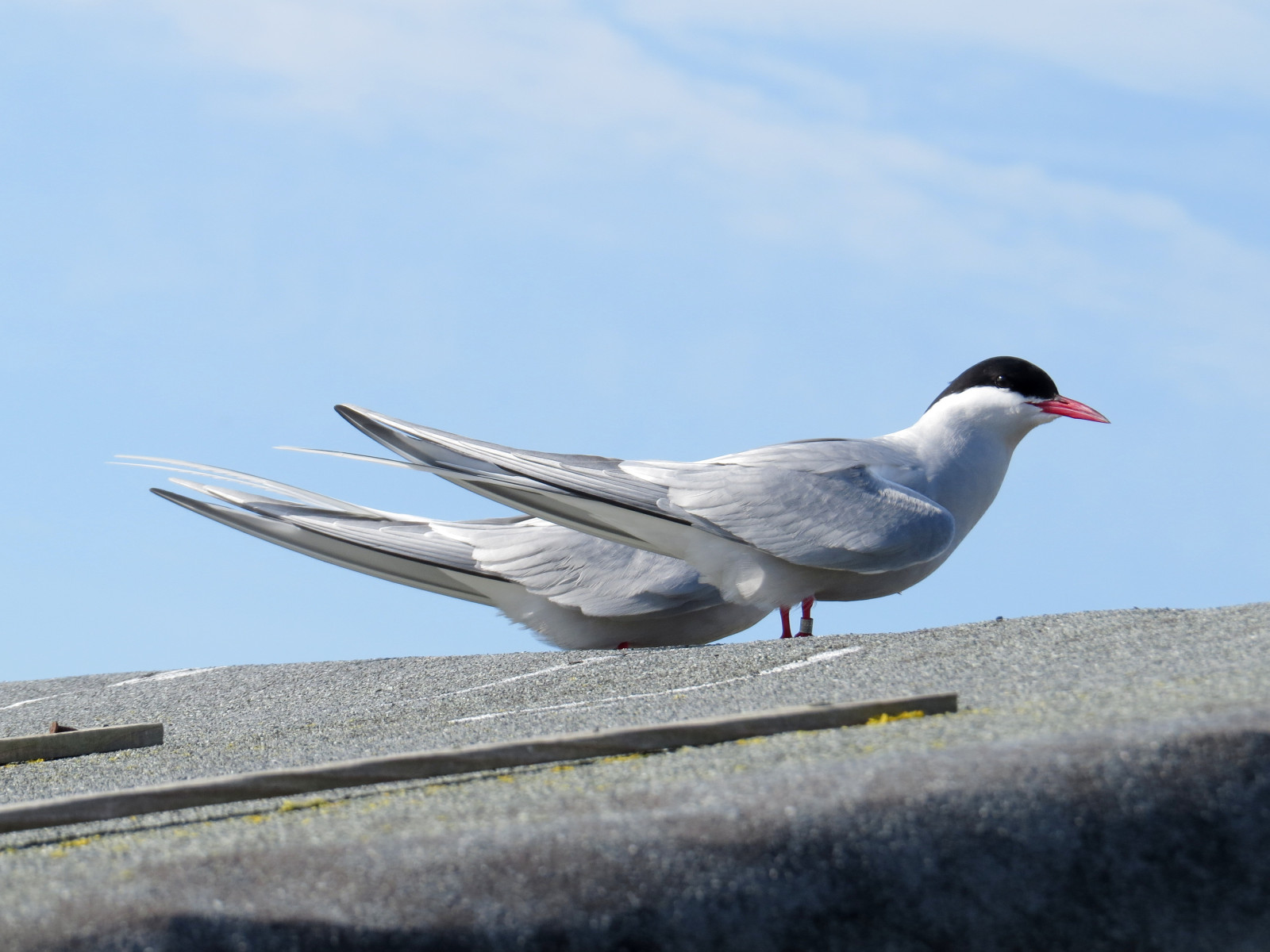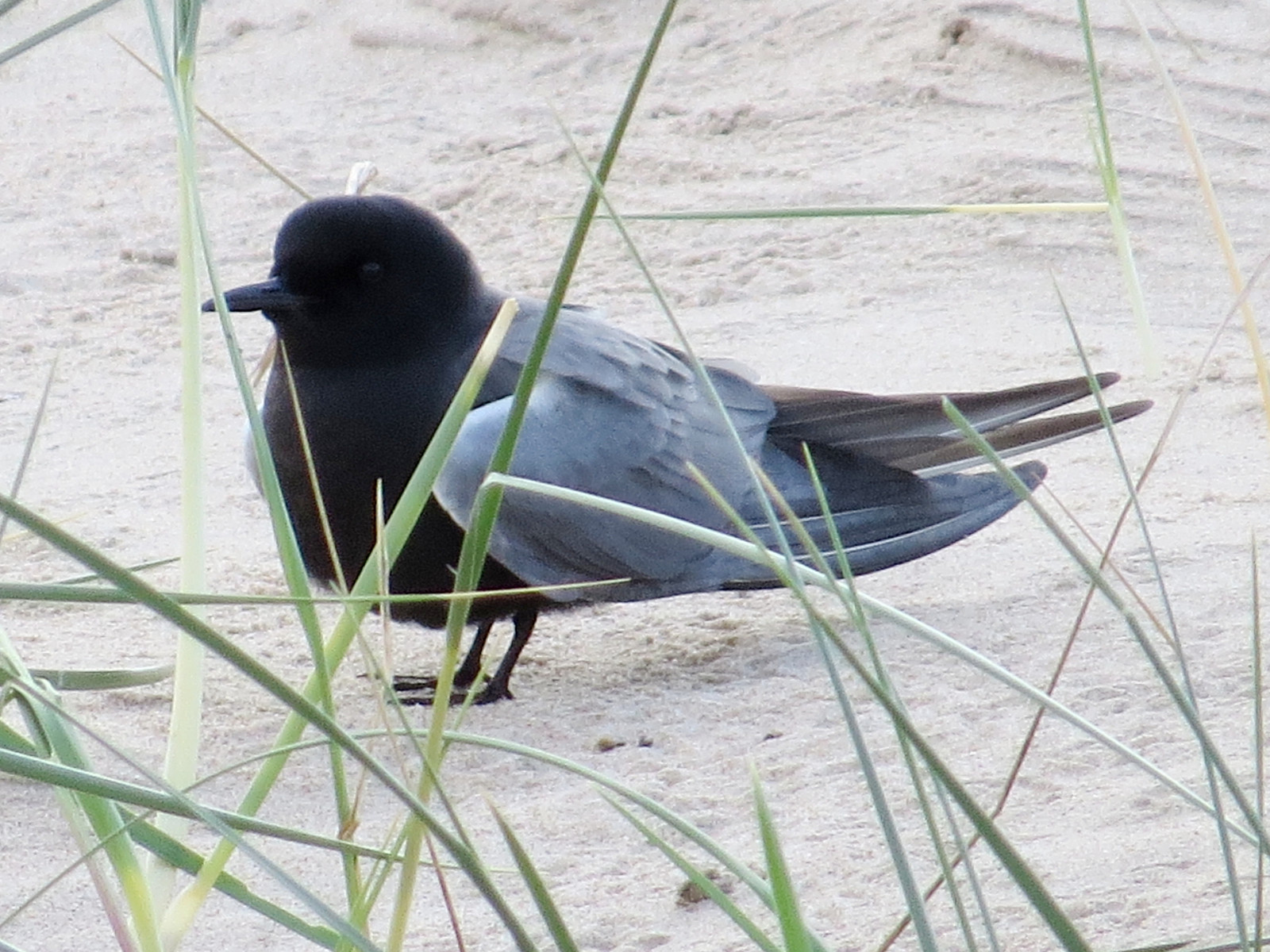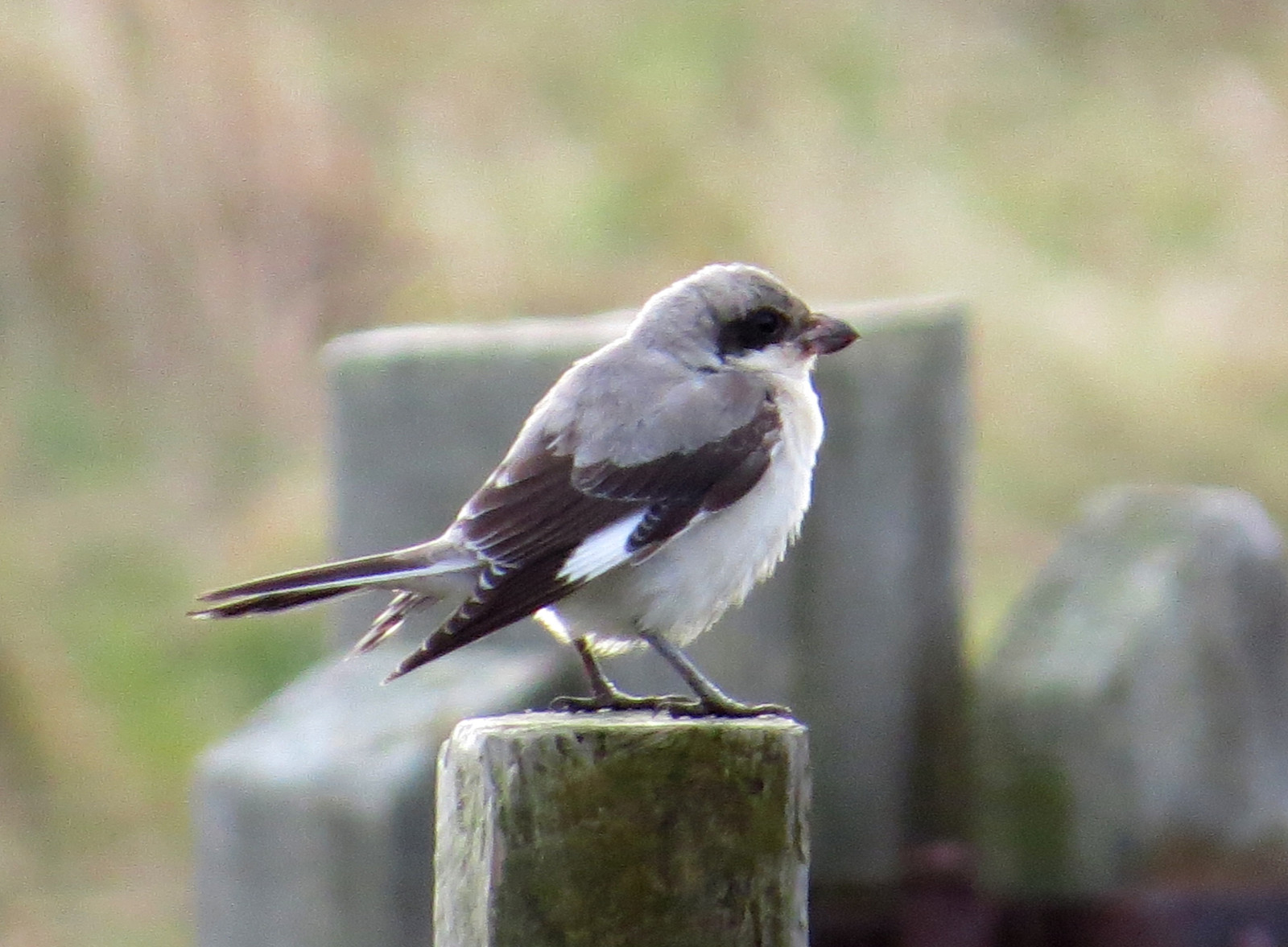Descrizione
The Long Nanny is notable for its important tern colony on the beach, and for waders using the estuary. In recent years, 1,000-2,000 pairs of Sterna codalunga and 30-40 pairs of Fraticello have bred, and since 2020, a single Mignattino comune of the American subspecies 'Chlidonias niger surinamensis' has spent its summers at the colony, attracting considerable interest; it has returned in 2025. Sterna di Dougall and Beccapesci also visit the colony regularly, but do not breed.
The tern colony is wardened round the clock in summer. Birders are welcome to visit the wardens' hut, where the terns can be seen at close range. The dunes hold breeding Saltimpalo and Pispola, and have good numbers of passage Culbianco and other migrants. In winter, the saltmarsh often holds a Fanello nordico flock, which can also attract occasional Allodola golagialla and Zigolo delle nevi. Brackish water channels in the saltmarsh attract breeding Volpoca and a good range of passage waders such as Chiurlo maggiore and Chiurlo piccolo. Many rarer species have been recorded, including Piro piro del Terek, Totano zampegialle minore, Averla cenerina (2 records!), Calandrella, and Calandro maggiore.
Dettagli
Accesso
The site is a fairly long walk (about 2 km) from the nearest parking. There is no shelter, and no visitor facilities, so come prepared for both sunburn and bad weather! Most of the walk is easy, but some parts (particularly the final 300 m to the wardens' hut viewpoint) are narrow and loose sand. Parking is available at High Newton to the south (£), and Beadnell to the north (free up to 1 hour, then £). Click on a P in the map for directions. Bus X18 (Newcastle-Berwick) to Beadnell, about 2.5 km. The coastal path is open to cycles, but heavy going through loose sand in places; likewise, difficult for wheelchairs and all-terrain mobility scooters (and the path to the wardens' hut not accessible). It is important to stick to the paths; do not cross the ropes protecting the tern colony.
Terreno e habitat
Zona umida , Pianura , Spiaggia , Velme , Terreni coltivati , Alberi e cespugli sparsi , Prateria/pascolo , Fiume , Mare , DuneCaratteristiche dell’area
Terreno piano , Sabbioso , Non ombreggiato , Collinoso , Acqua alta possibile , Paesaggio aperto , AsciuttoPercorso ad anello
NoÈ utile un cannocchiale?
Può essere utileBuona stagione per il BW
Primavera , EstateMiglior periodo per visitare
Migrazione primaverile , Estate , AutunnoPercorso
Sentiero ampio , Sentiero strettoGrado di difficoltà del percorso a piedi
FaticosoModalità di accesso
A piediCapanno/torretta di osservazione
SiInformazioni aggiuntive
If visiting during the breeding season, please share your sightings with the wardens! They will be happy to help you find other birds in return.



